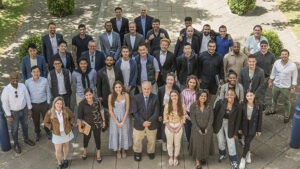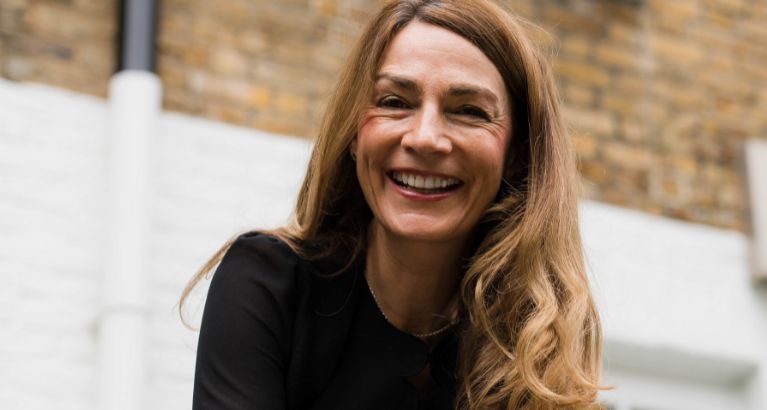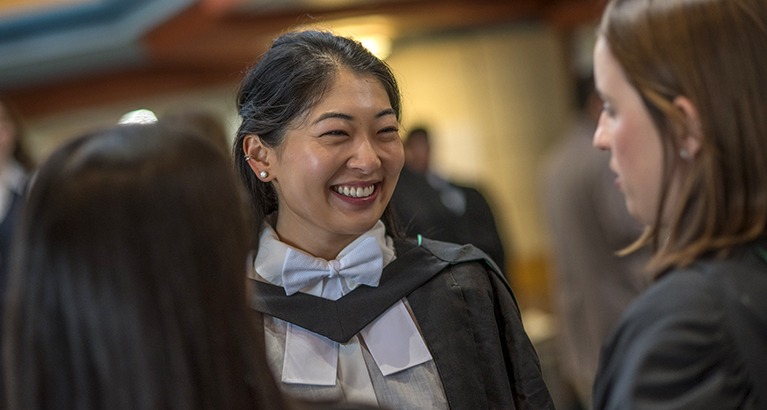Entrepreneurship at Cambridge Judge
Discover entrepreneurship at Cambridge Judge Business School and the wider University, and what makes Cambridge a hub for innovation.
At Cambridge Judge, entrepreneurship is in our blood.
We’re part of a University that’s been at the forefront of innovation for more than 800 years. The University of Cambridge has a long history of bringing innovative research into commercial development, as well as supporting businesses to launch and grow. Cambridge Judge Business School is located at the heart of Silicon Fen – the most successful tech cluster in Europe.
Cambridge Judge is home to the Entrepreneurship Centre and the Centre for Social Innovation, and we offer a whole breadth of programmes designed to motivate, coach and educate aspiring innovators.
But it’s not just in our entrepreneurship courses you’ll find this spirit. It features strongly in our masters programmes too. It unites our students, underlies our research and gives us a common ground on which to discuss new ideas and challenge existing ones.
We’re constantly pushing the boundaries. We provide a springboard for ventures that make a difference and encourage our students to go out and change the world – assisted by the knowledge they gain here and some of the most influential networks in Europe and beyond.
The Cambridge Cluster
Central to our entrepreneurial spirit is Silicon Fen, or the Cambridge Cluster. This is the most successful tech cluster in Europe – a group of more than 5,000 companies based in the city, generating a combined annual revenue of more than £15.5bn and employing more than 61,000 people.
Many of them have links to the University, either as student-founded start-ups or spin-outs based on our research.
At Cambridge Judge, we’re at the heart of the cluster, with science parks, incubators, innovation centres and workspaces on our doorstep. We have unparalleled access to real-life ventures, and regularly invite entrepreneurs from industry in for talks, mentor sessions and lectures to inspire our students.
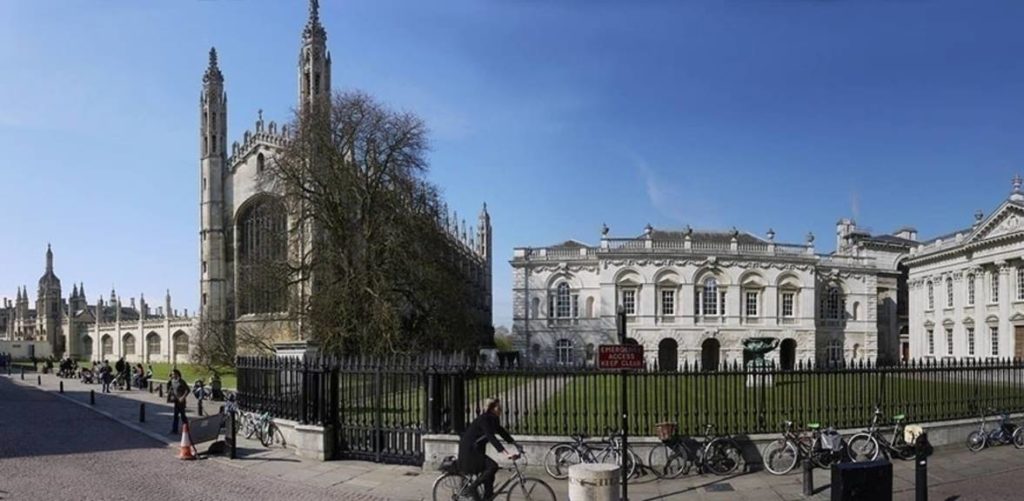
The Cambridge Cluster in numbers
Don’t just take our word for it; here are some of our top stats from the Cambridge Cluster*.
Firms
The city is home to 5,000 knowledge-intensive firms.
Annual turnover
These firms generate £15.5bn in annual turnover.
Billion-dollar companies
23 billion-dollar businesses have come out of Cambridge.
Raised in funding
£2bn in funding has been raised by Cambridge Enterprise spin-outs since 1995.
Passed the 5-year mark
92% of Cambridge Enterprise companies survive at least 5 years.
Patents per 100K residents
There are 308.7 patent applications per 100,000 residents in Cambridge – the highest in the UK, and more than twice the rate of any other UK city.
Teaching entrepreneurship
Whether you are looking to kick-start your venture, scale up your existing business or develop your entrepreneurial skills, at Cambridge Judge, you will find a programme that’s right for you. Explore our entrepreneurship offering below.
MSt in Entrepreneurship
For those serious about getting a venture off the ground or scaling up their current business, Cambridge Judge offers the MSt in Entrepreneurship, a part-time, two-year programme. Combing academic depth, practical application and a collaborative network of fellow entrepreneurs and experienced mentors, this programme equips you with the knowledge and skills needed to thrive in an entrepreneurial environment.
Masters with entrepreneurship components
We also offer entrepreneurship teaching in other Cambridge Judge masters degree programmes. Entrepreneurship is an important concentration of the Cambridge MBA, while the Mst in Social Innovation has modules on the theory and practice of social entrepreneurship.
Entrepreneurship centre programmes
The Entrepreneurship Centre offers a wide range of short programmes covering the full entrepreneurial journey – starting with the empowerment of aspiring entrepreneurs through to the creation and development of early-stage ventures, all the way to small and medium size enterprise growth.
Entrepreneurial activities in Cambridge
Research is a key part of what we do at the Entrepreneurship Centre.
We study each phase of the entrepreneurial journey and publish papers that put us at the forefront of global thought leadership.
Our current focus is on three core themes – awareness raising, value creation and industry engagement, and SME scale-up – and our vision is to support entrepreneurial talent development and commercialisation of new ideas.
In Cambridge, there’s always something going on. Student-led groups, college societies and University-wide networks offer a chance to meet likeminded thinkers and collaborate on entrepreneurial projects.
Discover competitions, networking opportunities and events at:
Amongst the most active business networks, we find Cambridge Network, Cambridge Wireless and One Nucleus. Co-working spaces, incubators and innovation centres offer opportunities to share resources and network, for example:
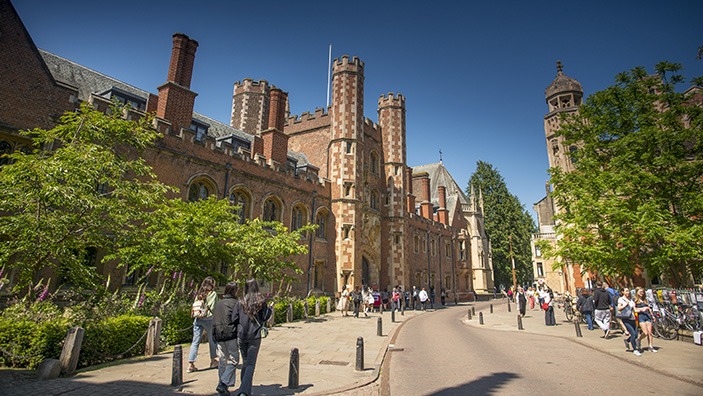
Entrepreneurship news and insights
Programme news
Cambridge alumna recognised by Royal Society for healthtech
Dr Millicent Stone, an alumna of Cambridge Judge Business School's Master of Studies in Entrepreneurship, has been recognised by the Royal Society as a pioneering healthtech entrepreneur. Her personal journey as a mother navigating the healthcare system inspired her to found iOWNA, an award-winning digital health platform transforming patient care. Dr. Stone's story is a testament to how deep personal experience combined with strategic business acumen can lead to impactful innovations and inspire future changemakers.
Programme news
EMBA alumni on entrepreneurship and the Cambridge difference
Executive MBA alumni Ben Saward and Josh Neely reveal how Cambridge’s EMBA and Silicon Fen ecosystem fuelled Novi GP’s launch. Discover how key courses and cohort networks helped forge their entrepreneurial edge.
Programme news
Career opportunities for our latest MBA graduates
Despite economic uncertainty, our MBA graduates have secured strong career opportunities, reflecting their resilience and adaptability. As we publish the Cambridge MBA Employment Report 2025, Cambridge Judge Business School remains committed to preparing students for success in a dynamic global market.


